Magic and its place in Humanist ceremonies
 There was a touch of magic about Peter and Sarah’s wedding. The weather was hot. The guests were happy. The garden was beautiful, the grandchildren – also part of the bridal party – were perfect. And the dog – Crumpet – was impeccably behaved and resplendent in a flowered collar and at the end had a coat studded with confetti.
There was a touch of magic about Peter and Sarah’s wedding. The weather was hot. The guests were happy. The garden was beautiful, the grandchildren – also part of the bridal party – were perfect. And the dog – Crumpet – was impeccably behaved and resplendent in a flowered collar and at the end had a coat studded with confetti.
Creating a wedding with a couple takes time, thought, care. The ceremony should first and foremost reflect who they are – they should be recognisable to their family and to their guests.
Afterwards so many guests said how surprised and delighted they were by the Humanist ceremony and explained that the kernel of delight contained the most precious element – the ceremony was about the couple. Not the ceremony in isolation, or its structure, or words for the sake of words. It was centred on Sarah and Peter and reflected who they are.
Peter’s mother, so dignified and so charming, coined the word. She said it was ‘magical’.
That word touched my heart and I have been reflecting on the nature of the ‘magic’ of that day.
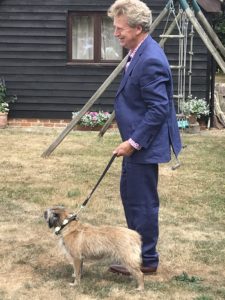
Now the OED definition of magic is “the power of apparently influencing events by using mysterious or supernatural forces”, and as a Humanist I obviously cannot and should not use that noun. Humanists are rational and use evidence. There is no ‘supernatural’ in the Humanist lexicon.
However the CED offers a different nuance: “the use of special powers to make things happen that would usually be impossible”. That is closer.
The Free Dictionary nailed it: “A mysterious quality of enchantment”. And that’s exactly what it felt like – enchanting.
So it wasn’t the weather, nor the perfect garden. Neither was it the gorgeous setting – and only a mile from me – or the tangible good wishes and delight.
For me it was the sight of Sarah’s face peeping from the upper window as the guests assembled before the wedding.
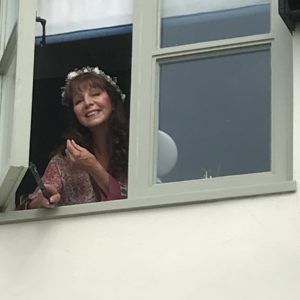
It was the look on Peter’s face when he said his vows.
It was the actions of their children when, together, we bound Peter and Sarah’s hands with ribbons during the handfasting – unifying the couple but also their family. Tying the knot.
It was enchanting, authentic and beautiful. I was so proud to have been the celebrant for Sarah and Peter on that memorable day.
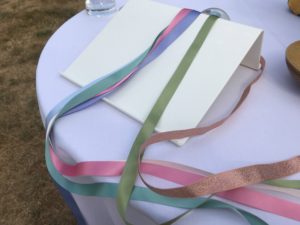
“These ribbons represent the ties that bind but also the freedom found in love and commitment, one to the other. Gold is for energy and longevity, Purple for sentimentality and power, Blue for tranquility and patience, White for purity and peace, Sage and Green for charity and health. And finally, Pink; for unity, truth and happiness. And so say all of us”.

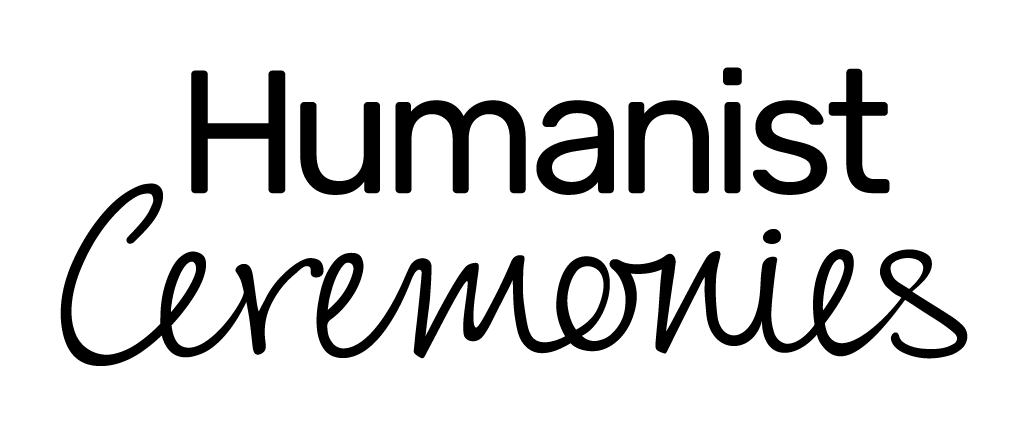

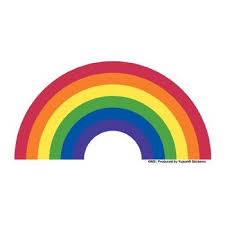

 ring me on 07846 747728
ring me on 07846 747728